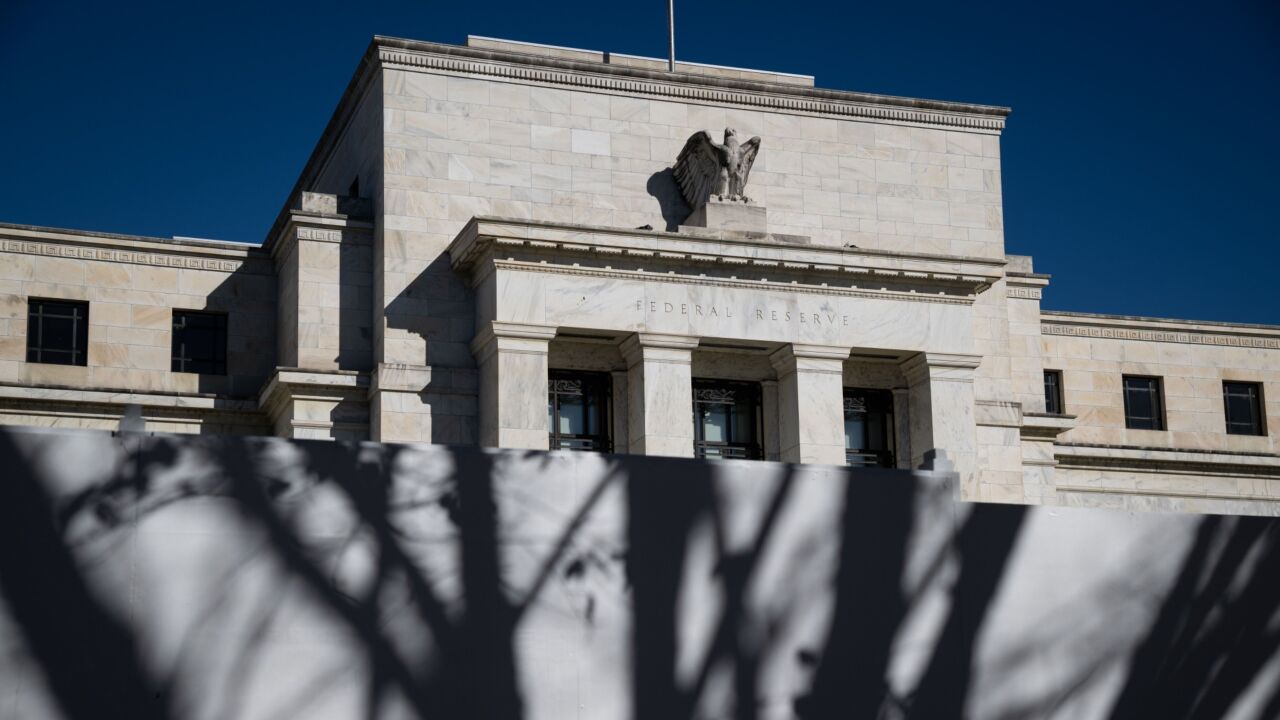JPMorgan Chase & Co. is hoping its new cash letter service will encourage large corporate customers to use imaging technology.
The service, which the New York banking company unveiled Wednesday, can handle a large number of checks for deposit. It lets correspondent banks and large corporations convert checks into electronic files and transmit them to the bank for deposit.
Craig T. Vaream, a vice president at JPMorgan Chase and the senior product manager of domestic check deposits in the treasury services group, said the service complements its remote deposit service, Image Deposit Direct, which is aimed at smaller companies that send only a few checks, up to a few hundred, to the bank.
“This image cash letter rounds out our suite nicely,” he said.
Using remote deposit systems for small volumes is a relatively simple matter, Mr. Vaream said, and requires just an Internet connection, and specialized software and a desktop scanner that the bank provides. “It’s not that hard to implement. It’s easier than changing your item processing.”
But using image deposits is more complex for large customers, which have higher volumes and often have numerous business units and accounts in many states or countries.
The banking company began testing the cash letter service in the third quarter through its JPMorgan Treasury Services. Mr. Vaream said it now has 25 customers sending it image cash letters. Several large corporations send it large volumes of images from their in-house lockbox operations, while others consolidate images that are created at multiple locations into a single cash letter. Correspondent banks are either scanning checks in-house or outsourcing the work to third parties.
He would not say how many of the current customers are corporations or banking companies, nor would he discuss dollar volume. He did say JPMorgan Chase is processing hundreds of thousands of images each week from those customers.
Most are introducing imaging through “a rollout, rather than a big-bang approach,” Mr. Vaream said. “The complexity of it makes it more challenging for clients.”
For starters, some technological sophistication is needed to assemble the elements of the file, which must follow the X9.37 image cash letter standard. He also said that JPMorgan Chase has worked closely with its customers to ensure that the images they produce can be read by the banking company’s systems. It has also been testing connections to be sure its electronic pipelines can handle the expected volume.
JPMorgan Chase is “leveraging image exchange wherever possible” to forward the files across image exchange networks for settlement, Mr. Vaream said, but the company must often print image replacement documents, because the paying banks are not ready to accept images. “We would like to get there faster than we have been able to so far, as an industry.”
Fewer than 20 of the biggest American banking companies have begun clearing checks as image cash letters, and they typically start with a single hand-picked trading partner. JPMorgan Chase was one of the first two companies (with KeyCorp of Cleveland) to do so, in August 2004, using the SVPCO Image Payments Network run by The Clearing House Payments Co. LLC of New York.
In September, JPMorgan Chase began offering foreign correspondents a check-imaging service for dollar-denominated checks drawn on U.S. banks. The service was introduced first in Europe. Foreign banks send paper items to JPMorgan Chase processing centers, where they are converted to images and transmitted to the United States for settlement.
Alenka Grealish, the manager of the banking group at the Boston research and consulting firm Celent Communications LLC, said JPMorgan Chase might be feeling pressure from Bank of America Corp., the nation’s largest check-clearing bank, which announced its own image cash letter service in December.
“It may seem a little premature,” because few banks have started sending significant volumes of checks as images, Ms. Grealish said.
But as smaller banking companies make their decisions on image exchange, “you’ve got to be there early,” she said. JPMorgan Chase processes pre-encoded checks for 3,000 correspondent-bank partners worldwide. “They want to make sure nobody swipes those customers.”
Ms. Grealish predicted that price competition for correspondents’ check business is likely to increase.
Big banks have already made major investments in imaging technology such as cameras and software — “technology you want to amortize as long as you can over as large a volume as possible,” she said. But check volumes are continuing to drop, and the economics of check clearing will shift drastically when image exchange achieves “critical mass” at 60% of total volume.
“The price is only going to get more attractive when you don’t have to print IRDs,” Ms. Grealish said.





